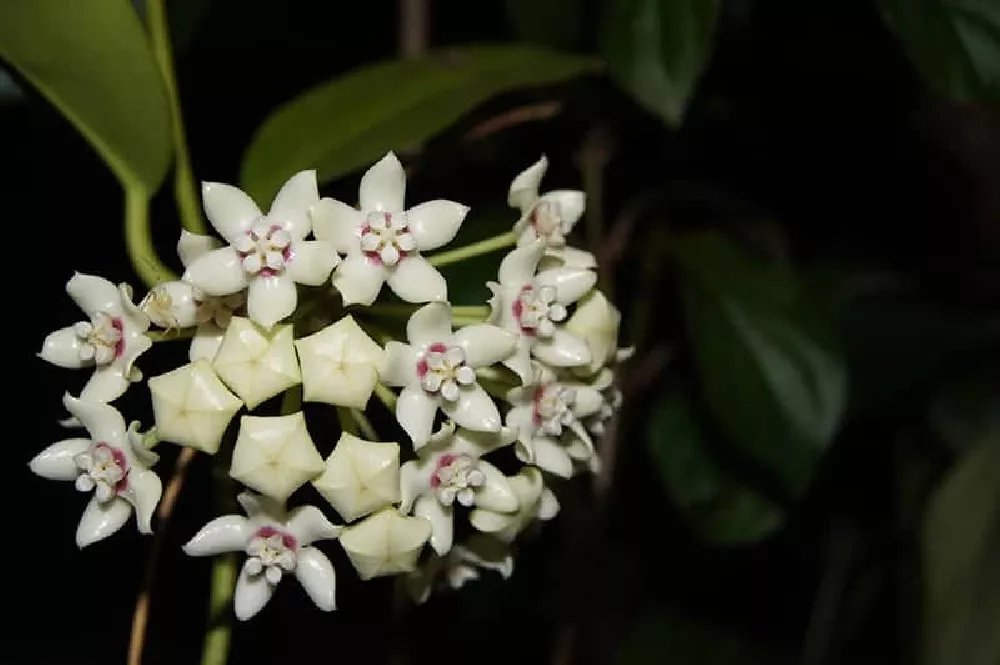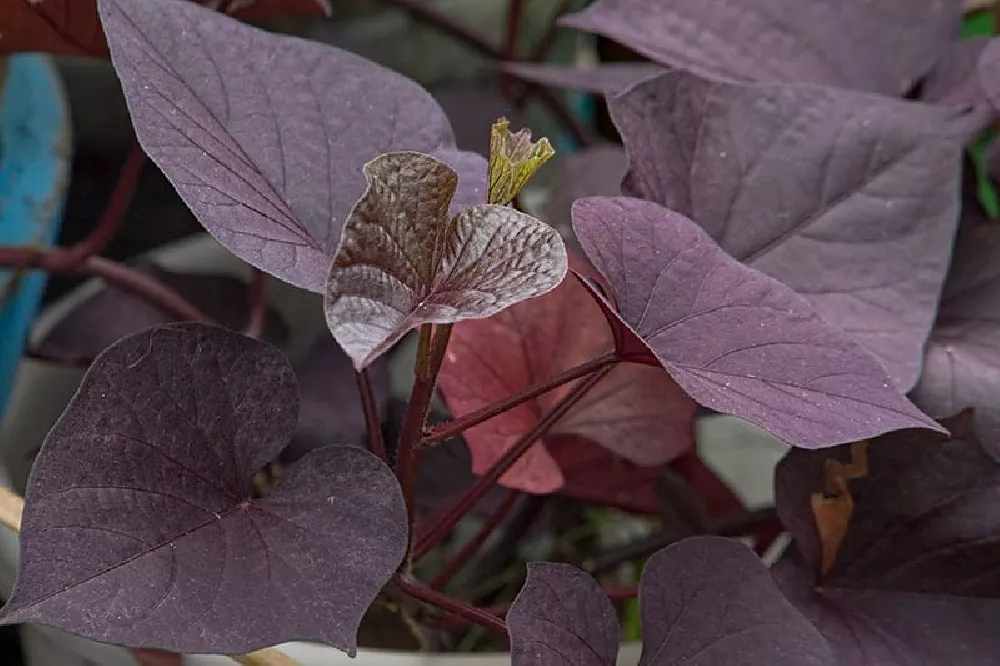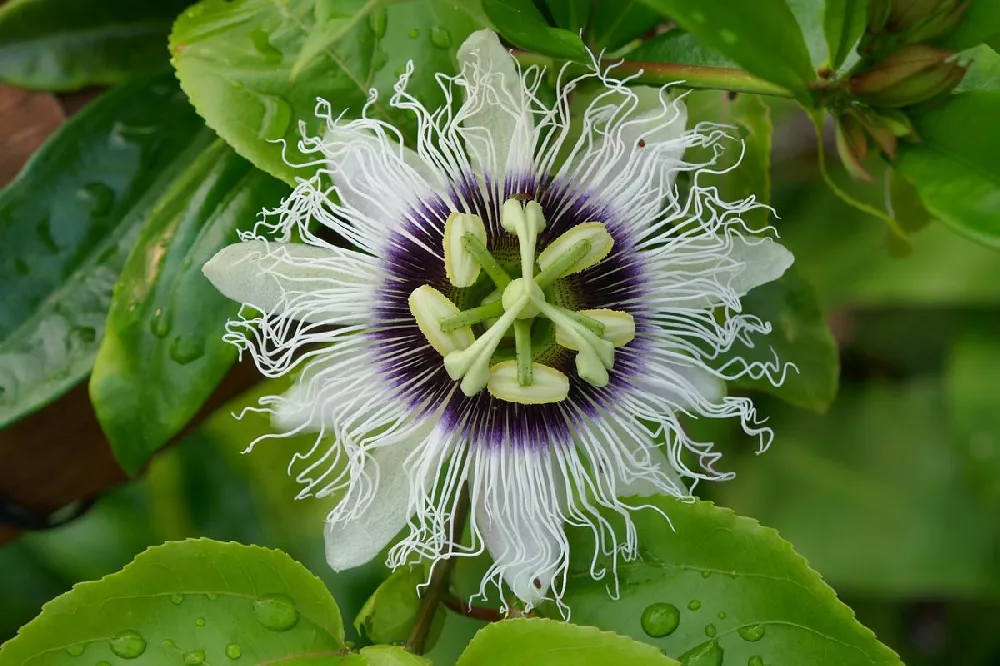Hindu Rope Plants for Sale - Buying & Growing Guide
Hindu rope plants are an excellent plant choice for any indoor hanging container. This species comes from India .The variety known as Hoya carnosa ‘Compacta’ has a drooping form with curling wax-textured leaves. Complementing those leaves are sets of small five-pointed flowers which persist for much of the year. Thankfully, most gardeners can enjoy these ornamental features, as Hindu Rope Plants prove to be exceptionally easy to care for. With the right care, this plant will have a long life span.
- Interesting rope-like growth habit.
- Long-lasting pink and white flowers that have a star shape.
- Easy to care for even if you are a beginner gardener.
Planting and Care
Planting instructions
The most challenging aspect of planting a Hindu rope plant is finding an area with the ideal amount of light exposure. While this species needs light, it does not perform well in direct light. In an outdoor setting, Hindu rope plants should live in filtered light. Indoors, they should grow near a window where they receive indirect light.
Along with finding the right amount of light, you also need to consider humidity for your Hindu rope plant. You can create a relatively humid environment for your plant by misting or using a humidifier.
Watering and nutrients
The water needs of a Hindu rope plant are minimal. It is more likely you will over-water your plant rather than under-watering it. The best approach is to supply water when the top layer of soil has become dry.
It is helpful to make sure your Hindu rope plant grows in soil with good drainage. This will help you avoid issues related to over-watering. Perform light fertilizing during the growing season for the best results. A fertilizer that has plenty of nitrogen and potassium will do.
Pruning
You can prune your Hindu rope plant during most of the growing season. When you do, remove any damaged or diseased parts of the plant as well as any growth you deem undesirable.
When you prune it is best to sanitize your pruners before beginning. This will reduce the chances of an infection to your Hindu rope plant while you prune. You should also be wary of the flower structures, as removing them can diminish the blooms significantly.
Pests, diseases, and animals
The greatest risk to a Hindu rope plant is a fungal infection. When this occurs, the foliage of the plant will begin to show discoloration in the form of grey or brown splotches. You will also notice that the texture of the leaves changes as they begin to wilt. This, along with occasional root rot, is often the result of over-watering.
Hindu rope plants can also have botrytis blight or infestation problems as well. Most often, they will encounter pests such as aphids and mealybugs.
Achieving maximum results
One of the main benefits of this plant is that it lives long and grows slowly.. That second fact allows you to plant your Hindu rope plant in a container that does not take up too much space as it will take a while for the roots to spread and fill the area.
You should pay special attention to the amount of light your Hindu rope plant receives. While indirect light is best, this plant still needs a fair amount of light exposure. Too little light may cause the plant to put forth fewer flowers.
FAQs
What temperature is best for a Hindu rope plant?
Hindu rope plants survive in hot climates like USDA hardiness zones 10-12. It is not possible to grow this species in many parts of the world. If you wish to own one of these plants, you will need to grow it indoors and maintain a temperature of at least 50 degrees Fahrenheit. If the air becomes cooler than that, a Hindu rope plant will begin to die.
How do you propagate Hindu rope plants?
To propagate a Hindu rope plant, begin by removing a three-inch segment of the plant. Be sure to make your cut with clean shears at one of the plant’s nodes. Then plant the cutting in soil with good drainage and cover the plant with a plastic bag to maintain higher humidity. Position your cutting in an area that is out of the direct sun. After several weeks, the cutting will begin to develop roots.
Why are there no flowers on my Hindu rope plant?
There are a few reasons your Hindu rope plant is not flowering. This species is slow-growing so it can take several years before flowers emerge. The first blooms often will not appear until three years have passed. Another common reason a Hindu rope plant is not flowering is because of a pruning error. Always be careful not to remove the flower structures of this plant when you prune.










